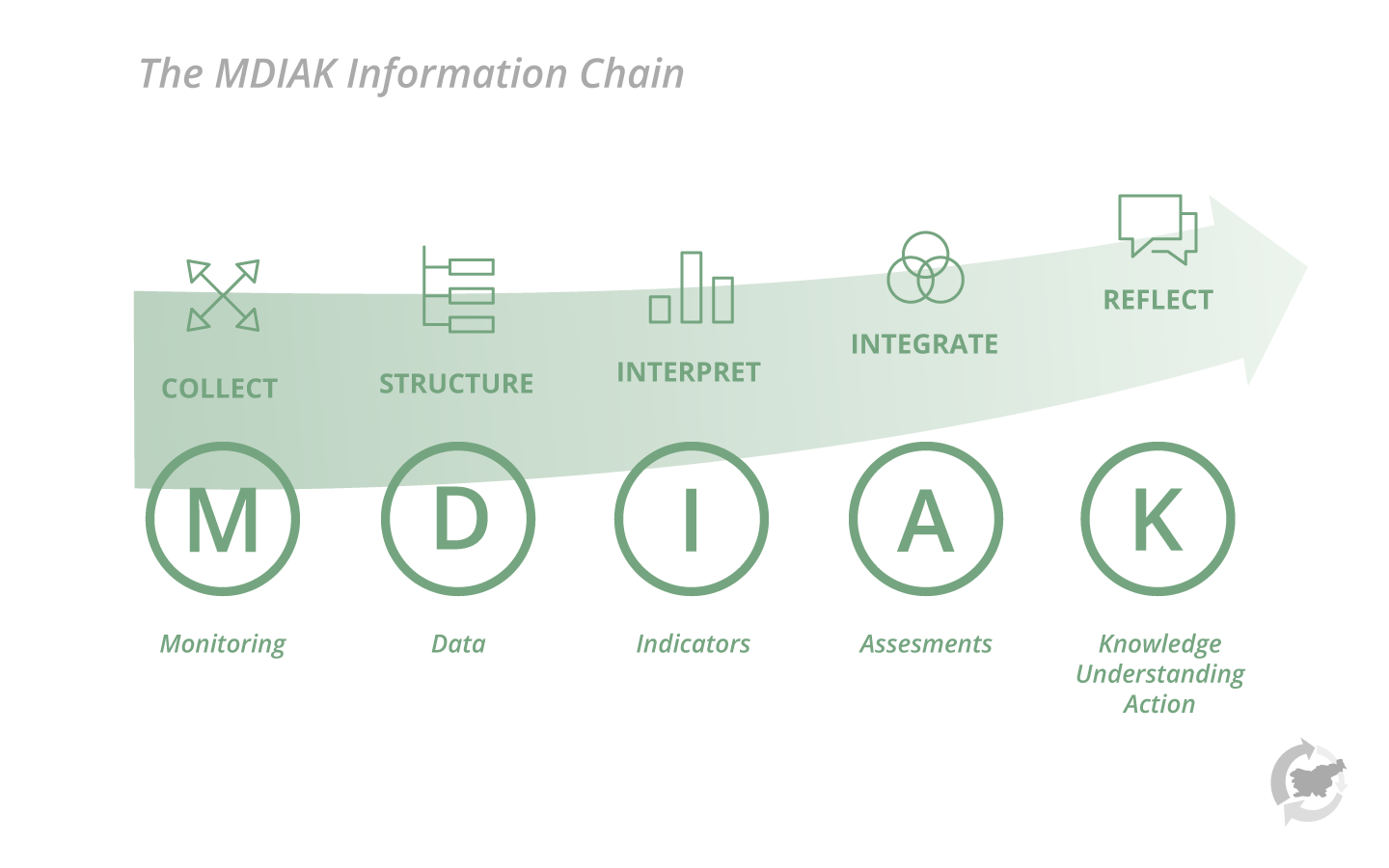1What are environmental indicators?
Environmental indicators are among the most effective tools for reporting on the environment. They are as warning signs for certain trends. Thus, draw attention to changes, some of which might be irreversible. Due to the vulnerability of ecosystems and pressures on them, the state of the environment must be monitored comprehensively, since unsustainable consumption of natural resources dictated by economic development results in excessive environmental pollution and puts human health at risk.
The term of environmental indicators denotes data selected and presented in an agreed manner which we attempt to tie to environmental policy objectives. Appropriately selected indicators that are based on a sufficiently long time series of data may point at key development trends of a specific phenomenon. Therefore, they may be helpful for decision makers when planning and managing the environment, and also for the general public in their understanding of environmental issues. They may also be used by public institutions to monitor thematic strategies.
The basis for each indicator is a suitable database (Figure 1). The structuring of information facilitates the preparation of a suitable interpretation of the trend of a selected phenomenon. This structuring is the basis for assessing the state of the environment. The assessment is usually prepared by combining indicators. In this way, new knowledge is created and a better understanding of the phenomenon is facilitated. The latter is the basis for action.
Figure 1: MDIAK information chainSource: European Environment Agency (EEA)
